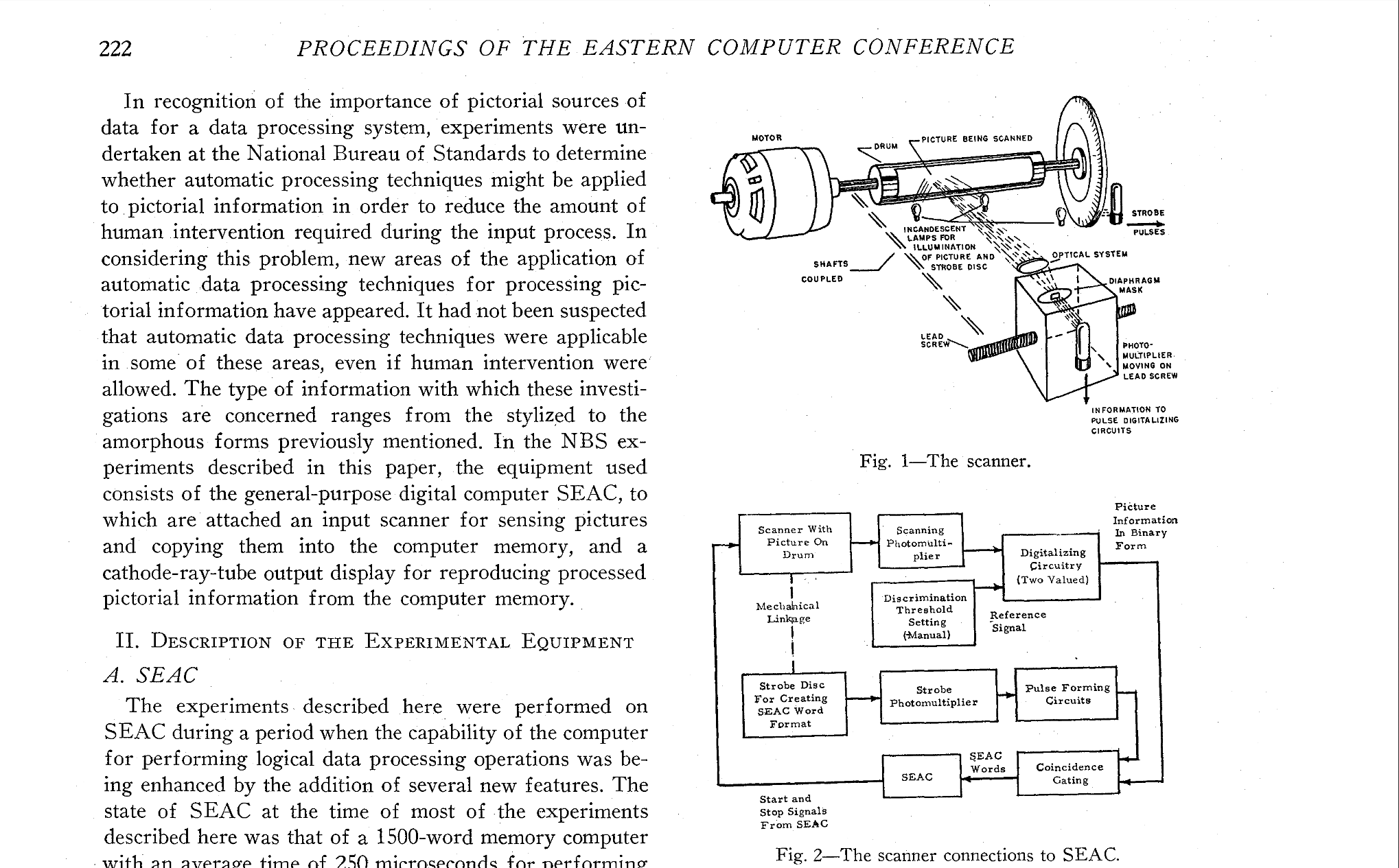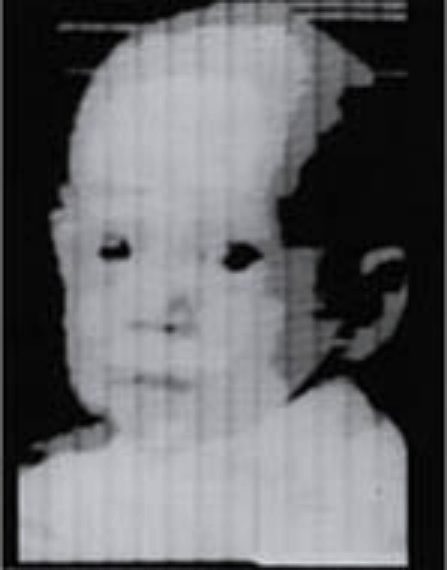[ad_1]
Why it matters: It’s hard to imagine a world without the pixel. Computer scientist Russell Kirsch is credited with creating the pixel in 1957, and subsequently the first ever digital image. Decades later, and millions of pixels later, the pioneering work and research done by Kirsch has served as a progenitor to digital imaging everywhere. From CAT scans to selfies to everything else, it’s hard to overstate how important Kirsch’s contributions to computing are.
Russell Kirsch was born in 1929, and after graduating from the Bronx High School of Science, moved onto Harvard and MIT to further his education. Kirsch would then embark on a career as a computer scientist during the 1950s at the National Institute of Standards and Technology, back then known as the National Bureau of Standards.
It was there that Kirsch helped develop the world’s first programmable computer, SEAC (Standards Eastern Automatic Computer). These were the days when computers were built with hundreds of vacuum tubes, weighed thousands of pounds, and consumed the floor space of entire rooms. SEAC was the first computer used to pioneer linear programming, meteorology, and thanks to Kirsch, digital imaging.
It was with SEAC that Kirsch and his team began exploring how a computer may be used to process and and digitally replicate images. The scope of such an application wouldn’t only be limited to images, however, as Kirsch and his team outlined in a technical paper titled “Experiments in Processing Pictorial Information with a Digital Computer” published in 1957 that theorizes what could be possible with digital imaging.

“This pictorial information may range from such highly stylized forms as printed characters, diagrams, schematic drawings, emblems, and designs through less stylized forms in cartoons and handwritten characters to such highly amorphous forms as photographs of real objects, e.g., people, aerial views, and microscopic and telescopic images,” according to the paper.
Along with the SEAC computer, Kirsch and his team built an input scanner capable of sensing images and storing them in the computer’s memory. The input scanner was a rotating drum scanner built by Kirsch, the first ever image scanner to be used with a computer.
In something of an oversimplification, the drum scanner would scan and digitize the picture as it rotated on the drum, and then feed that information into SEAC’s memory — the entire process took 25 seconds or less. That information was then output to an oscilloscope CRT (cathode-ray tube) display. The result was the first digital image ever created: a digital photocopy of Kirsch’s infant son which came out at 176 x 176 pixels. Subsequently, this marked the birth of what we now know as the pixel.

Russell Kirsch would spend the next few decades at the National Institute of Standards and Technology before retiring. Decades after creating the pixel, Kirsch reflected on the idea of the square pixel, saying “I started out with a bad idea, and that bad idea survived.”
Despite his own qualms about the pixel, Kirsch’s pioneering work essentially gave a computer sight, and it served as a precursor to digital photography, bar code scanning, satellite imaging, and much more.
Kirsch passed away at the age of 91 at his home in Portland, Oregon, on August 11th. Russell Kirsch is survived by his wife, Joan, and four children: Walden, Peter, Lindsey and Kara.
[ad_2]
Source link
